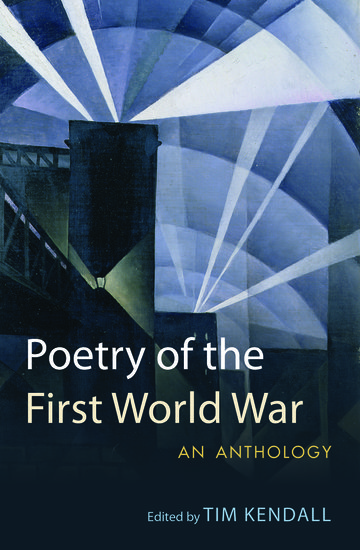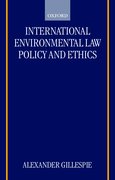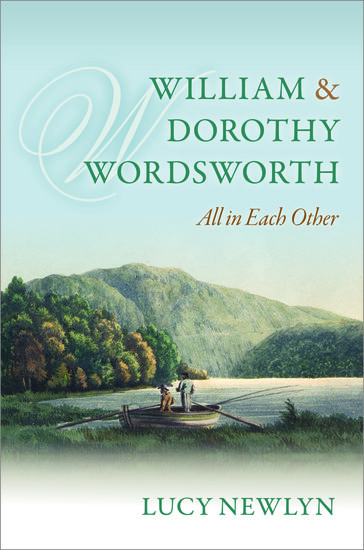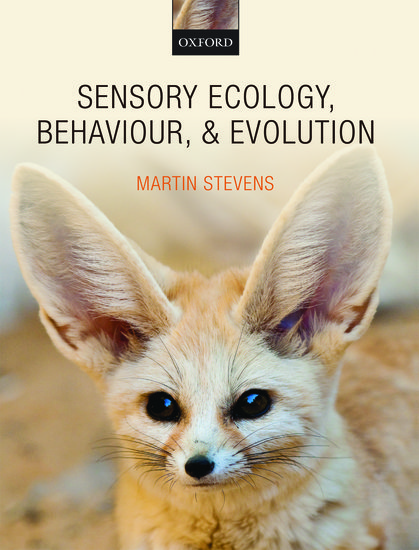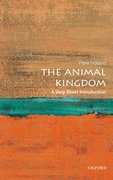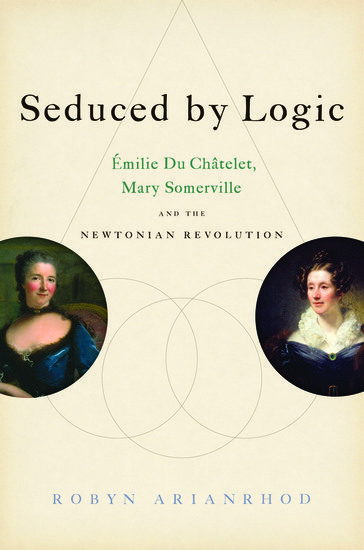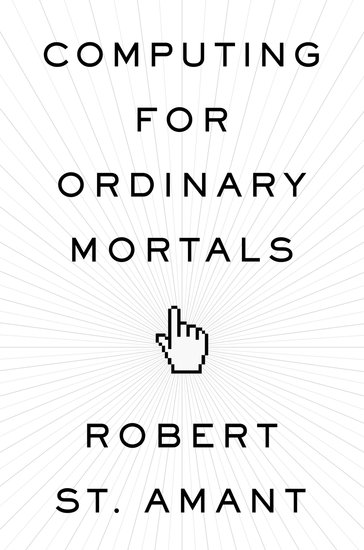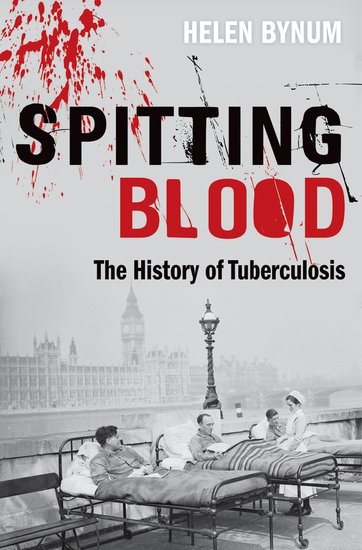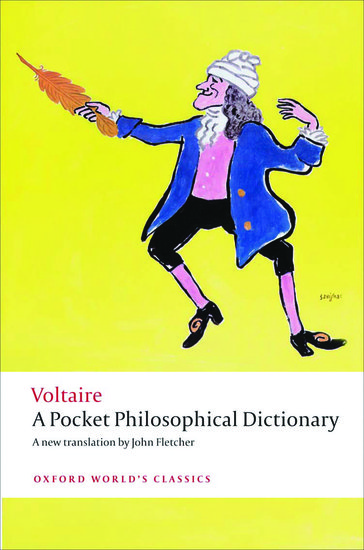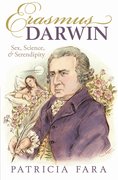Be Book Smart on National Reading Day
By Anne Cunningham and Jamie Zibulsky
If you want to help a child get ahead in school and in life, there is no better value you can impart to him or her than a love of reading. The skills that early and avid reading builds are the skills that older readers need in order to make sense of sophisticated and complex texts.


